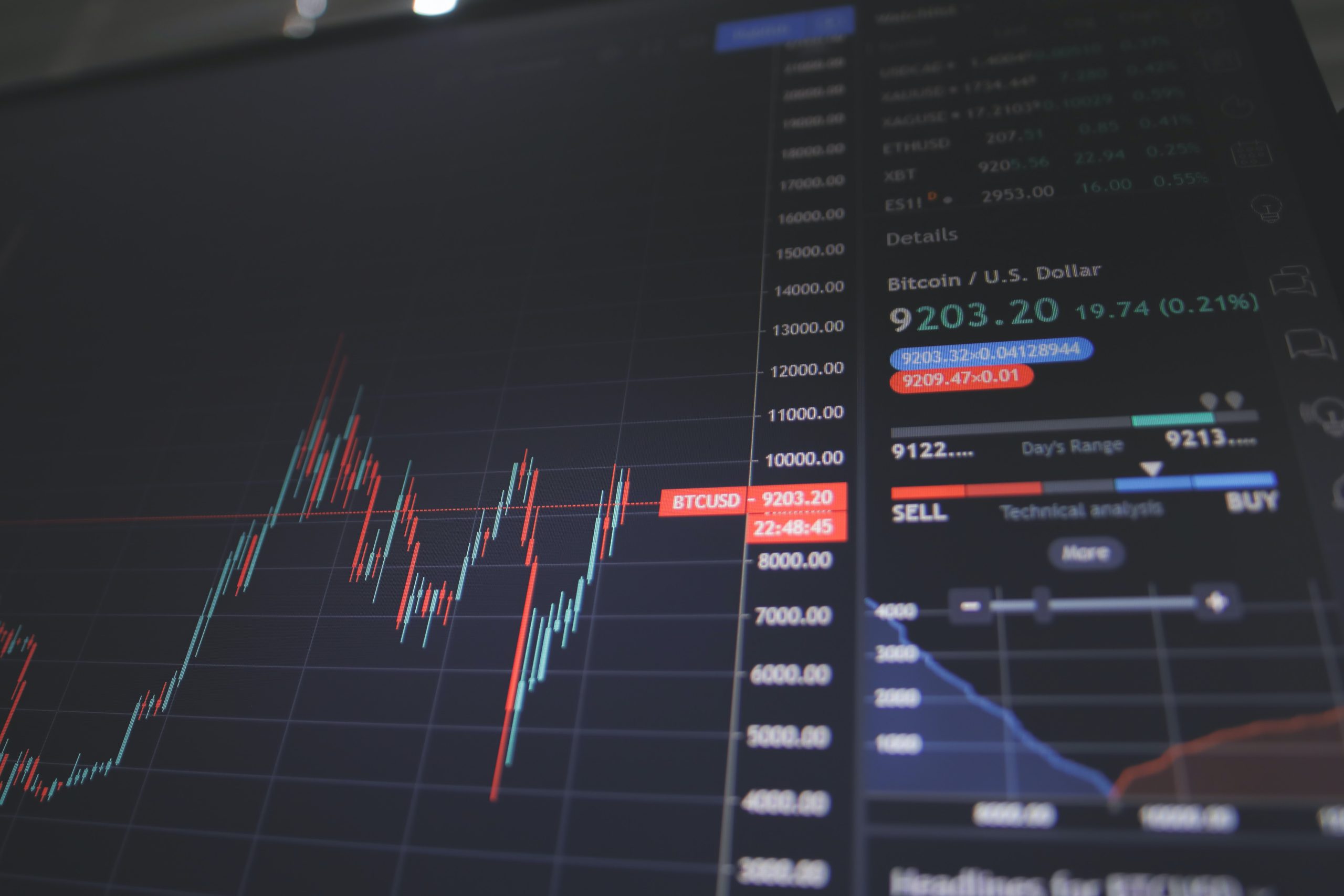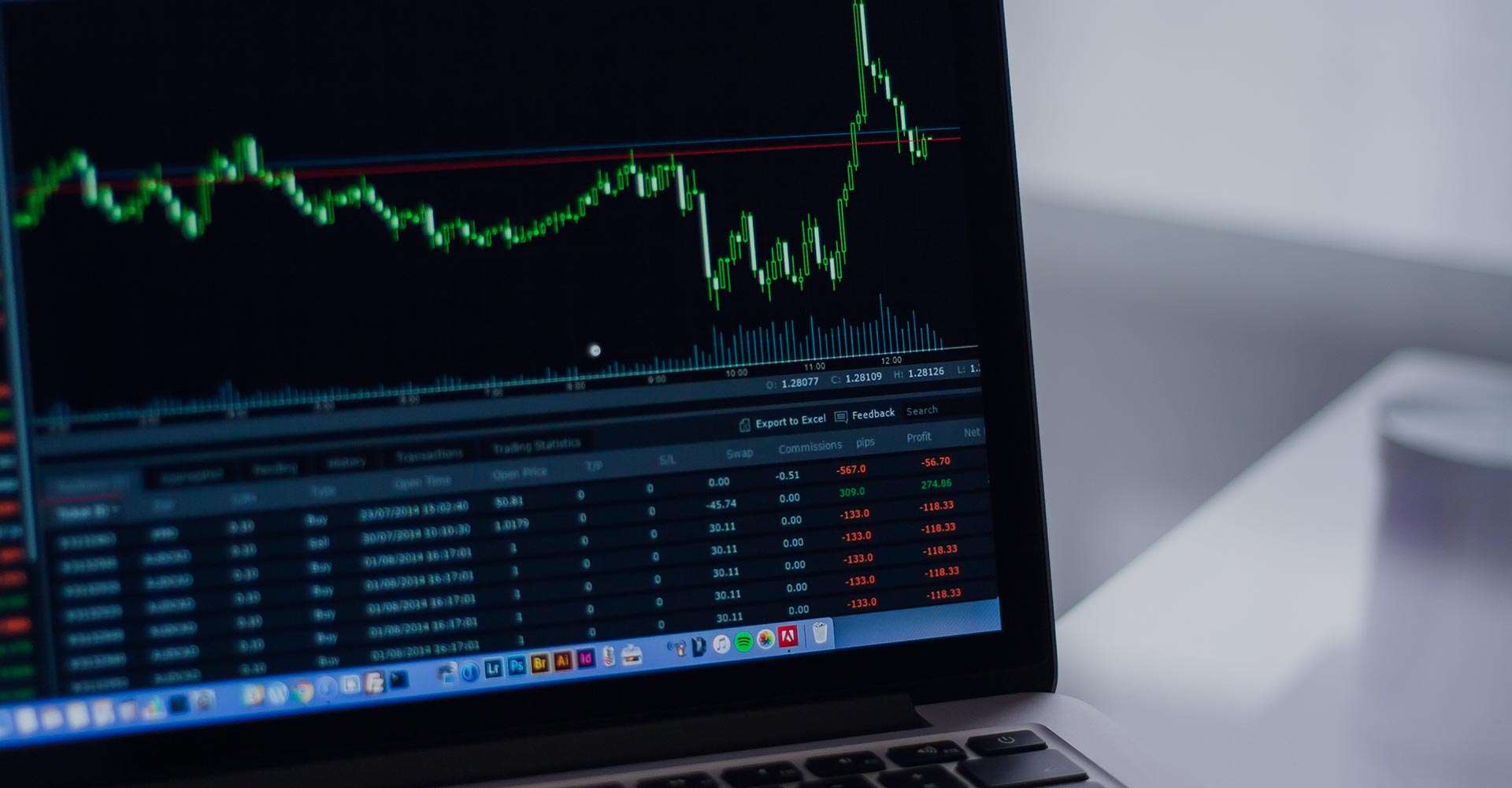Over a dozen of different routes to a smart investment
From established industries to booming 4th generation industries, we will find chance for you

By now, Bitcoin and blockchain have become household words. Although many people mistakenly assume that they are synonyms, Bitcoin is merely an example of one of the first applications of blockchain technology. The tokenization of real assets is another one. It potentially expands the investible universe for asset managers. It also increases liquidity of real assets that are currently considered to be illiquid and out of reach for most retail investors. Bitcoin Is Not the Same as Blockchain Bitcoin, which can be used to make payments, was the first application to be administered on a blockchain infrastructure. Back in 2016, the whitepaper entitled: “Distributed Ledger Technology for the Financial Industry” was released. Since then, blockchain technology has come a long way. What started as an anarchistic attempt to remove financial institutions from the payments ecosystem, is now one of the biggest opportunities for substantial efficiency gains and new products/services, reaching far beyond the financial services industry. To some, the difference between Bitcoin and blockchain is still unclear. By using the internet as an analogy below, we attempt to explain the differences.
Blockchain is essentially a layer of infrastructure. It comprises many nodes, networks and interconnections that form the basis for administering, updating, and safeguarding the information that has been stored in what is essentially a big spreadsheet. The first application of the internet was email. The nodes and interconnections were used to send messages based on that infrastructure layer. The so-called payment coins were the first application of the blockchain infrastructure. These coins can be used to facilitate online payments, just as the name suggests. An example of an email provider is Outlook, and an example of a payment coin is Bitcoin. Besides Outlook there are many other email providers. There are also many other payment coin providers (over 2000 to be exact) besides Bitcoin. So when we talk about Bitcoin, it is an example of an application of distributed ledger technology, as well as being the first. Besides sending emails, the internet is also used for e-commerce, social media and many other things. Blockchain infrastructure can also be used for many other things besides making payments. Real asset tokenization is one of those alternative uses that could potentially have a big impact on the asset management industry.

Tokenizing Real Assets is our solution for IMD Coin
The Impact of Electronic Trading Has been Big
W hen trading migrated from physical to electronic marketplaces, many things changed. Trading costs came down substantially because much of the paperwork was replaced by electronic record keeping. Access to global markets improved because the physical location no longer mattered. Information asymmetry was reduced substantially because the flow of information was also electronic instead of physical. Liquidity increased because the facilitation of buy-and-sell orders had improved. And finally, an automated trading system − now known as algorithmic trading – was developed on that infrastructure. One outcome of this system is that it enables high-frequency trading. Electronic Trading was First Developed for the Most Standardized Forms of Contracts Examples of such contracts are commodity trading futures. Further down the road, it migrated to company shares and bonds. So far, it has had less effect on heterogeneous/real assets. Trading in paintings, real estate, private companies and many other illiquid real assets is still physical and not electronic or fractional. Buying a share is not the same as buying an entire company. Buying a commodity futures contract is not the same as buying that commodity. And yet, for many real assets the buying or selling is binary. Either you own the entire asset, or you don’t. This is where tokenization of real assets comes in. Around 40 years ago, the term IPO (initial public offering) was used for the first time and now, it’s a well-known principle.
Technological progress facilitated the migration of the physical trading of a few asset classes to an electronic ecosystem. The Nasdaq was the earliest example of this. Blockchain infrastructure can facilitate the next step of automated electronic trading for a wide variety of asset classes, potentially opening up USD256 trillion in real assets.
The tokenization process via a blockchain is more efficient than the current trading methods and it adds a global dimension to asset tradability. Auction houses charge fees of between 12% and 25%, while art gallery fees typically range between 6% and 10%. There are insurance companies that insure tokenized paintings, art experts who validate the legitimacy of the artwork by issuing certificates and law firms that manage the token ownership process. All the administration is documented on a blockchain and executed through smart contracts. The benefits that we have seen in the rolling out of electronic trading in equities and fixed income products, may soon apply to real assets, too.

Tokenizing Real Assets universe would expand from being based solely on equities or bonds. The difference between listed and unlisted equities or bonds would cease to exist, thus increasing the opportunity set for portfolio construction. Opportunity to Add Real Assets to Pension Fund Portfolios. There may no longer be a need to construct pension portfolios based on just a mix of equities and bonds, because diversification into real assets will become important as well. Irrespective of the possibilities to accomplish such portfolio construction for pensions today, this is not yet within reach for individuals. The shift from defined benefit to defined contribution pensions increases the need for diversification on a retail investor level. For some larger financial institutions, like pension funds, the prospect of removing illiquidity might not be appealing, since these institutions benefit from the illiquidity premium. However, tokenization democratizes access to real assets and thereby caters to a different group of investors than it has done historically. We think that in this new era, asset managers will still serve an important function. It is hard for non-professional investors to have a good overview of all investible opportunities.
